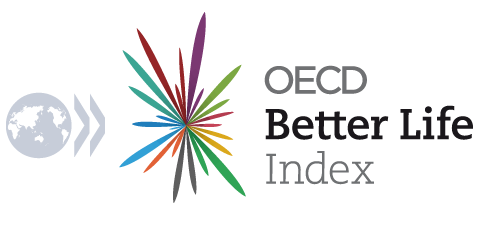Bringing home the filet mignon
By Carlotta Balestra, OECD
Our grandmothers and mothers did not fight for gender equality in vain. Women in the OECD are nowadays better off and more educated than in the past, have better career prospects and can make key decisions about their own lives. But full gender equality remains an unattained goal almost everywhere.
 |
‘How’s Life? 2013’ shows that in most OECD countries, girls now outperform boys in terms of educational achievement; however, they are still far less likely to choose computing and engineering as fields of study - subjects in great demand nowadays. Not surprisingly, one of the most prominent gaps between men and women is found in the workplace. Just under two in three women are in paid work today and the increase in female employment rates has paralleled the decrease in male employment over the past 40 years. However, women still find it much harder to bag the most senior posts and, despite equal pay legislation, are paid less than men. This is partly because women are more likely to be in low-value or temporary jobs. Across the OECD area, women working full time still earn 16% less than men. The gender wage gap is smaller than it was 40 years ago, but what is troubling is that it seems to have stalled over the past few years.
In addition, many women continue to have two jobs - one in the workplace and one at home. The contribution of men to housework and child care has grown over the last 10 years, but still remains far below that of women. Across the OECD, women spend twice as much time as men on household chores and parenting, and if women and men were to share unpaid tasks equally, women would gain 5 hours of free time per week. There are large variations from country to country: an average Italian woman spends 22 hours (or almost 3 full-time workdays) more than her other half on unpaid work per week, while this gap averages 5 hours in the Nordics. If you combine both paid and unpaid work the gender gap narrows, but women still put in the longest hours.
Women have won the right to vote and run for public office almost everywhere, but they remain under-represented in national politics. Women only hold 28% of the parliamentary seats on average in the OECD, though the Nordics do much better. In Finland – the first country to introduce universal suffrage – women make up 43% of the members of parliament. Female political leaders are nowadays less unusual – think of Brazil’s Dimla Rousseff, Costa Rica’s Laura Chinchilla Miranda, Denmark’s Helle Thorning-Schmidt, Germany’s Angela Merkel and South Korea’s Park Geun-hye – but they are still far from commonplace , and one in three men across the OECD still thinks that men make better political leaders than women do.
In every country and culture, women face a high risk of physical or sexual violence by their partners. On average, across OECD countries, one in four women reports having been victim of intimate partner violence at least once in her life. This proportion reaches 40% in Turkey and Mexico.
But life is not all rosy for men either. Men live shorter lives than women, are the primary targets of street crime, and have been hit harder by the recent economic turndown. They are also confronted with new roles and social norms. The increasing share of women earning more than their partners over the past few years has called into question men’s traditional breadwinner role. While men are now supportive of their spouses when they help bring home some of the bacon, husbands aren’t always as enthusiastic when their wives start bringing home the ‘filet mignon’.
Find out more:
How's Life? 2013: Measuring Well-being
Gender differences in well‑being: Can women and men have it all?

Comments